
Safety and Environmental Measures
for Vaneda Foods
Vaneda Foods is pleased to present our safety and environmental management measures. We recognize the importance of conducting business responsibly and building trust with the community. Guided by our vision of becoming a "Quantum Enterprise," we are dedicated to leveraging the latest technologies and innovations to promote sustainability and transparency across every aspect of our operations.
VANEDA
FOODS
Sustainability is at the heart of everything we do. We embrace the principles of ESG (Environmental, Social, and Governance) to ensure long-term value creation for our stakeholders and to contribute to a better world.

ESG
Environmental
We are committed to reducing our environmental footprint through innovative and sustainable practices
Social
Our dedication to social responsibility ensures that we contribute to the well-being of our people and communities
Governance
We are committed to conducting our business with ethics, transparency, integrity, and accountability.
Environmental Impact Reduction Project
By using renewable energy
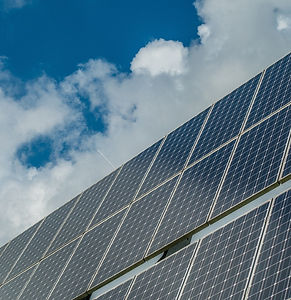
Solar Energy
We install solar panels on factory rooftops to harness clean energy from the sun, reducing reliance on non-renewable energy sources.
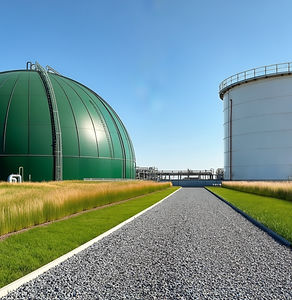
Biogas
By producing biogas from factory waste, we promote efficient waste management while generating renewable energy.
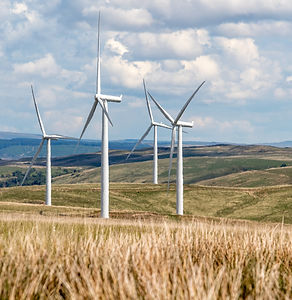
Wind Energy
We deploy wind turbines in suitable locations to capture wind power as part of our commitment to sustainable energy practices.

Preventing Chemical
Contamination in Water
01
Advanced Wastewater Treatment System
Equipped with multi-stage processes, including physical, chemical, and biological filtration, to ensure wastewater meets high standards before release.
02
Double-Layer Leak Protection
Utilizing high-quality materials and automated leak detection systems to safeguard groundwater and natural water sources.
03
Continuous Water Quality Monitoring
Regular water quality assessments are conducted with modern analytical tools, ensuring transparency by sharing results with stakeholders and communities.

Standardized Wastewater
Treatment System
01
Primary Filtration
Wastewater undergoes preliminary treatment to remove solids and fats, reducing the burden on subsequent processes.
02
Biological Treatment
Special microorganisms are used to decompose organic substances in wastewater, effectively reducing BOD and COD levels.
03
Advanced Filtration
Membrane Bioreactor (MBR) technology is utilized to purify water, capable of removing bacteria and viruses.
04
Sterilization
UV/Ozone systems are employed to sterilize water, ensuring its safety for environmental discharge.
Managing Odor, Dust and Noise
Odor Management
Utilizing advanced bio-filter technology, we reduce emissions from production processes. This system employs specialized microorganisms to decompose odor-causing compounds. Additionally, sealed production processes prevent odor dispersion, and during peak odor seasons, we adjust operations and increase cleaning frequency to minimize community impact.
Dust Control
Automated water spray systems are installed along roads and material handling areas to suppress dust, particularly during transportation or material movement. Regular cleaning with vacuum trucks ensures minimal dust accumulation, preventing dispersion caused by wind.
Noise Control
Noise reduction systems are implemented throughout the factory, including sound-absorbing materials in production buildings, noise barriers around machinery, and optimized work schedules to limit noisy activities to appropriate hours. Routine noise level monitoring ensures minimal impact on surrounding communities.
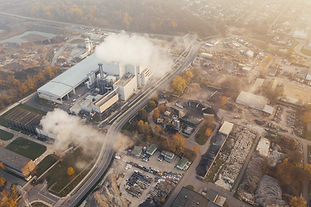
Greenhouse Gas and Toxic Emission Control

High-Efficiency Air Filtration
HEPA filters are installed to capture fine particles and toxins effectively, reducing atmospheric pollution.

Greenhouse Gas Reduction
We continually aim to reduce greenhouse gas emissions by using clean energy and optimizing energy efficiency in production processes.
.png)
Air Quality Monitoring
Real-time air quality monitoring systems are deployed both inside and outside the factory, with data accessible to the community at all times.
.png)
Transparent Reporting
Monthly reports on emissions and greenhouse gases are prepared and publicly shared on the company’s website.
Air Quality Monitoring and Community Communication
01
Installation of Air Quality Monitoring Stations
Monitoring stations around the factory and nearby communities track particulate matter, toxic gases, and volatile compounds 24/7.
02
Real-Time Data Display
Air quality data is displayed in real-time on large screens at key community locations and on the company’s website, allowing public access at all times.
03
Automated Alert System
If pollutant levels exceed standards, the system alerts our team and community leaders immediately for swift corrective action and public notification.
04
Communication and Reporting
Monthly air quality summary reports are shared with the community, and representatives are invited to visit our monitoring facilities.

Accident Prevention and Emergency Management
Employee Training
Regular safety and emergency response training sessions are conducted, with practical workshops and annual evaluations.
Emergency Drills
Annual emergency drills are conducted in collaboration with local authorities and communities, simulating scenarios like fires, chemical spills, or natural disasters to enhance preparedness.
Emergency Response Team
A dedicated 24/7 emergency response team equipped with specialized tools and vehicles is always ready to handle emergencies.
Emergency Alert Systems
Quick-response alert systems are installed to notify employees and surrounding communities of emergencies. Coordination with local authorities ensures effective response and assistance.
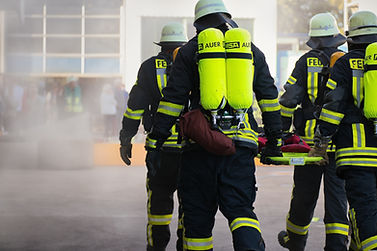

Waste Management from
Production Processes
Waste Segregation
An efficient waste segregation system categorizes waste into organic, plastic, metal, and hazardous types, each managed using environmentally friendly methods.
Recycling and Reprocessing
A significant portion of waste is recycled or reprocessed, such as turning meat scraps and bones into animal feed or using production oil for biodiesel. We collaborate with partners who purchase these materials for reuse.
Biofertilizer Production
Organic waste from the factory is processed into high-quality biofertilizer, safe for agricultural use. Plans are in place to distribute this fertilizer to local farmers to support organic farming.
Hazardous Waste Management
Hazardous waste is stored and disposed of in compliance with the highest standards in collaboration with licensed disposal companies. Records and reports on hazardous waste volume and handling methods are transparently maintained.

Pest and Vector Control
Measure | Details | Frequency |
|---|---|---|
Professional Inspections | Engage expert pest control services | Annually |
Employee Training | Hygiene and pest control training | Every 6 months |
Structural Inspections | Inspect and repair pest entry points | Every 3 months |
Rodent Control | Deploy traps and natural repellents | Monthly |
Insect Control | Use electric traps and bio-pesticides | Weekly |
Cleaning | Sanitize production and surrounding areas | Daily |
